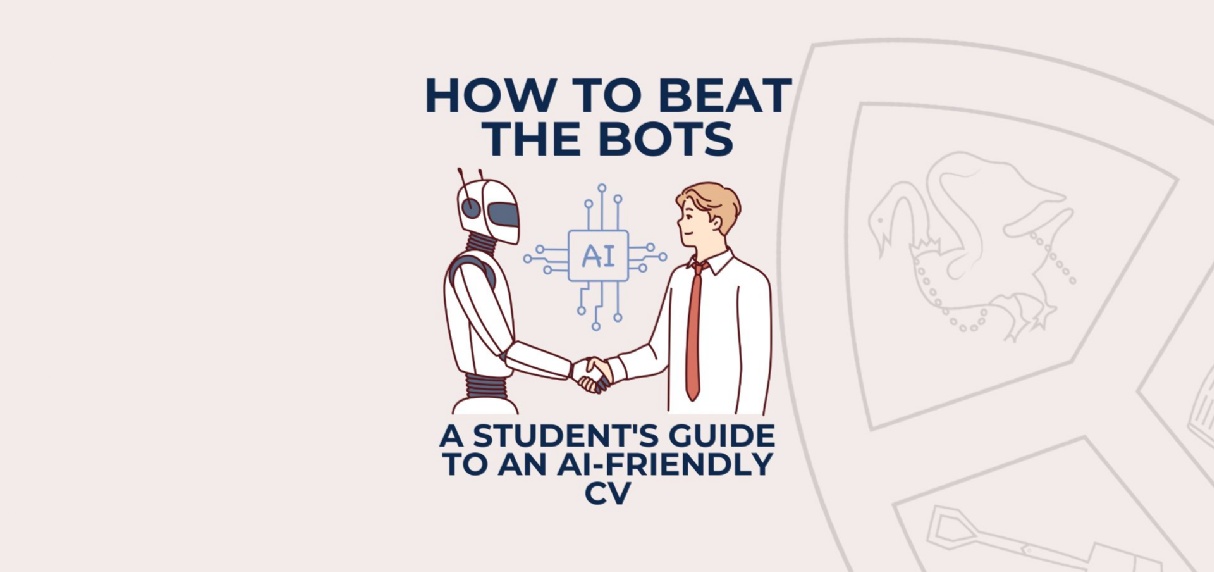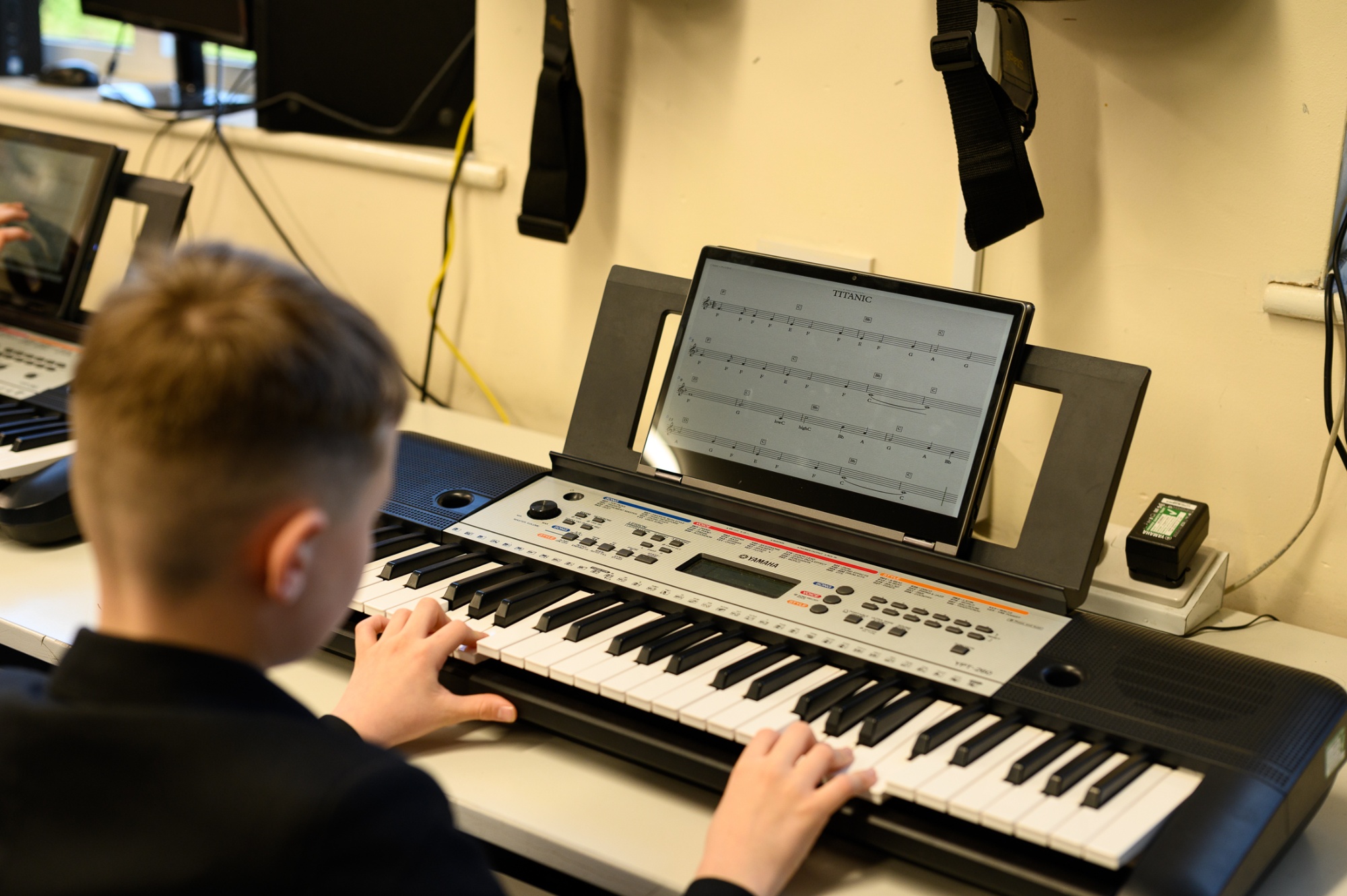How to Beat the Bots

A Student's Guide to an AI-Friendly CV
Navigating the job market as a Sixth Form student can feel daunting, especially when you know your CV might be screened by a robot before a human even sees it. Applicant Tracking Systems (ATS) and other AI tools are now standard for many companies. So, how do you make sure your CV gets past the bot and into the hands of a recruiter?
It's all about making your CV AI-friendly. Here are the key points Sixth Formers need to know to create a CV that stands out in the age of AI.
1. Simple, Clean Formatting is Everything
ATS are not fans of complex design. Think of them as scanners looking for specific information in a predictable order. To help them out:
- Ditch the fancy stuff: Avoid tables, text boxes, and multiple columns. A single-column layout is the safest bet.
- Use standard headings: Use clear, universally recognised headings like "Contact Information," "Education," "Work Experience," and "Skills."
- Choose a professional font: Stick to simple, readable fonts like Arial, Calibri, or Times New Roman. Keep the font size between 10-12pt.
- Save as a PDF or DOCX: PDF is generally the best for preserving your formatting, but some systems prefer a Word document. When in doubt, follow the instructions in the job application.
2. Keywords are Your New Best Friend
AI systems are programmed to find keywords. These words and phrases are the gatekeepers to the next stage of the application process.
- Analyse the job description: This is the most crucial step. Read the job description carefully and highlight all the key skills, qualifications, and responsibilities.
- Integrate keywords naturally: Weave these keywords into your CV's personal statement, skills section, and descriptions of your experiences. Don't just list them; use them in context. For example, if a job asks for "strong communication skills," describe an instance where you demonstrated this.
- Use action verbs: Start your bullet points with strong verbs like "managed," "developed," "created," and "collaborated." This makes your achievements easy for both a human and a bot to understand.
3. Quantify Your Achievements
Numbers get noticed. They provide tangible proof of your impact, which is great for both AI systems and human recruiters.
- Use data to tell your story: Even if your experience is from a school project or a part-time job, find ways to use numbers. Instead of saying, "Organized a school event," say, "Organised a charity event that raised over £500 for a local food bank."
- Quantify your results: Did you help a team win a competition? Did your volunteer work benefit a certain number of people? Did you manage a project with a specific budget? Use those figures!
4. Showcase Your Unique Experience
Your CV might not have a long list of professional jobs, and that's completely fine. The key is to highlight your skills and potential.
- Lead with Education: As a student, your education is your strongest asset. Place this section near the top of your CV.
- Highlight relevant projects: Have you completed a project in a subject like Computer Science or Business that's relevant to the job? Dedicate a few bullet points to it.
- Value your extracurriculars: The skills you gain from clubs, sports, and volunteering are highly valued. Did you lead the debate team? That shows leadership and communication. Did you volunteer at a community event? That demonstrates initiative and teamwork.





